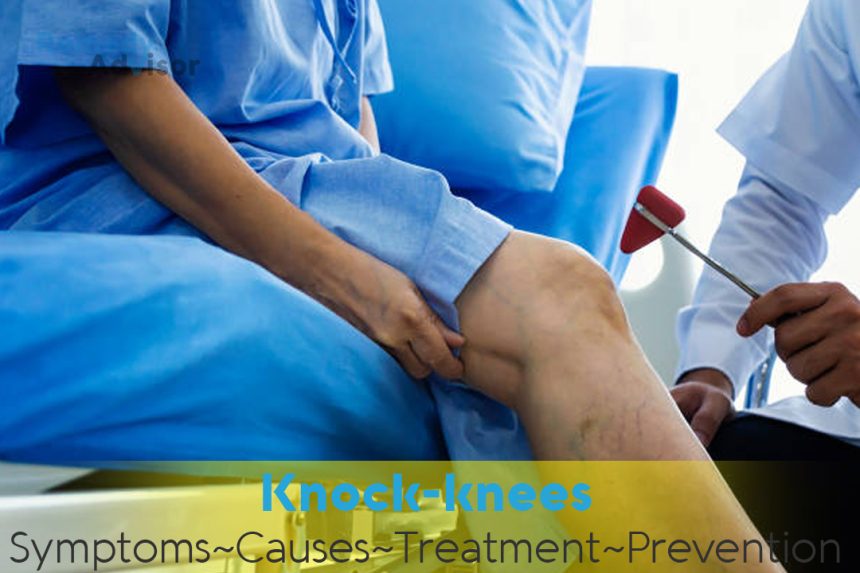What is it
As a child matures and begins to walk, knock-knees can develop as he or she tries to maintain balance on weakened legs. When a knock-kneed child stands up, his or her knees touch each other, but the ankles do not. As the legs gain power and start to develop, they usually straighten out and the disorder vanishes. Knock-knees might remain after the age of three to four, but by five majority of legs straighten. For grownups, being slightly knock-kneed is a normal change in alignment; many adults are slightly knock-kneed. This is hardly a problem, and operation or physical therapy is rarely commenced to correct it. But severe knock-knees in adults can result in problems: in a research of army workers, those with severe knock-knees were more likely to be wounded in the strong actions of basic training.
Symptoms
- Knees that touch when you are standing (but ankles don’t touch).
What causes it
Knock-knees are common, often developing as part of the childhood growth process.
What if you do nothing
In children the legs usually will straighten out as the child grows. However, if a case of knock knees is severe or if it is still present at the age of five, medical attention is needed to prevent permanent problems.
Home remedies
In children, wait and watch
Knock-knees are common among children, and in most cases the legs will eventually straighten out. Treatment is seldom required.
Use orthotics
For adults with severe knock-knees, orthotics foot supports, made of foam, leather, plastic, fiberglass, graphite, or some combination, that fit in your shoes can reduce the increased risk of exercise-related injury by correcting the structural imbalance.
Prevention
In most cases knock-knees can’t be prevented.







